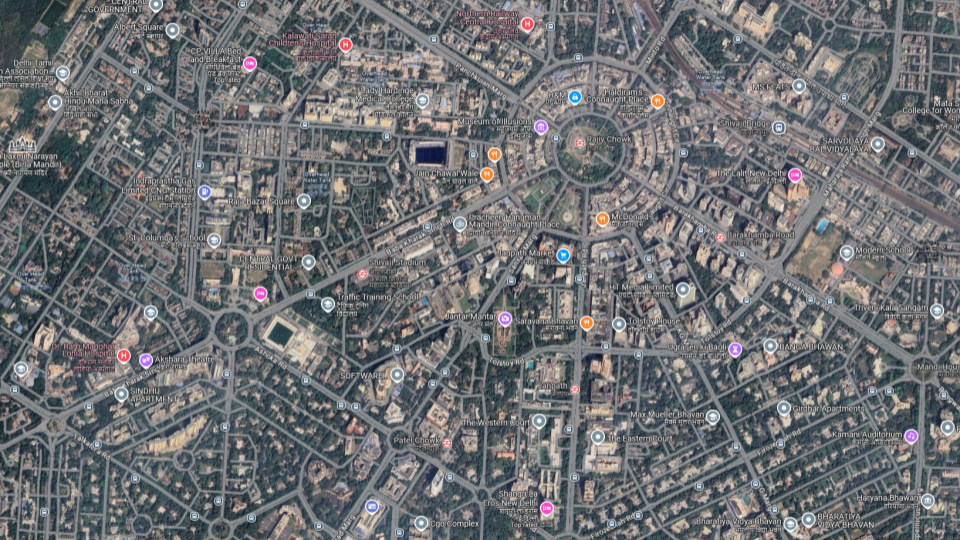Lesson Objective
- Define abstraction and explain its nature.
- Understand the need for abstraction in computational thinking.
- Differentiate between an abstraction and reality.
- Devise abstract models for real-world situations.
KS3, GCSE, A-Level Computing Resources
Abstraction is the process of removing unnecessary details to focus on the essential features of a problem or system..
It simplifies complex systems, making them easier to understand and work with.
Abstraction is a fundamental concept in computational thinking. It allows us to manage complexity by focusing on what is important and ignoring irrelevant details.
Example:.
A car dashboard is an abstraction.
It shows speed, fuel level, and engine temperature but hides the complex mechanics of the car.

Abstraction involves identifying patterns, generalising, and simplifying.
It is a mental model that represents a system or problem in a way that is easier to understand.


To manage complexity: Real-world systems are often too complex to understand in their entirety.
To improve efficiency: Focusing on essential details saves time and resources.
To enable problem-solving: Abstraction helps break down problems into manageable parts.
An abstraction is a simplified representation of reality.
It focuses on essential features and ignores irrelevant details.
Reality is complex and includes all details, whether relevant or not.
What is an abstract model?
A simplified representation of a system or problem, focusing on essential features.
Steps to devise an abstract model: